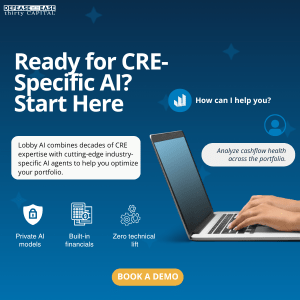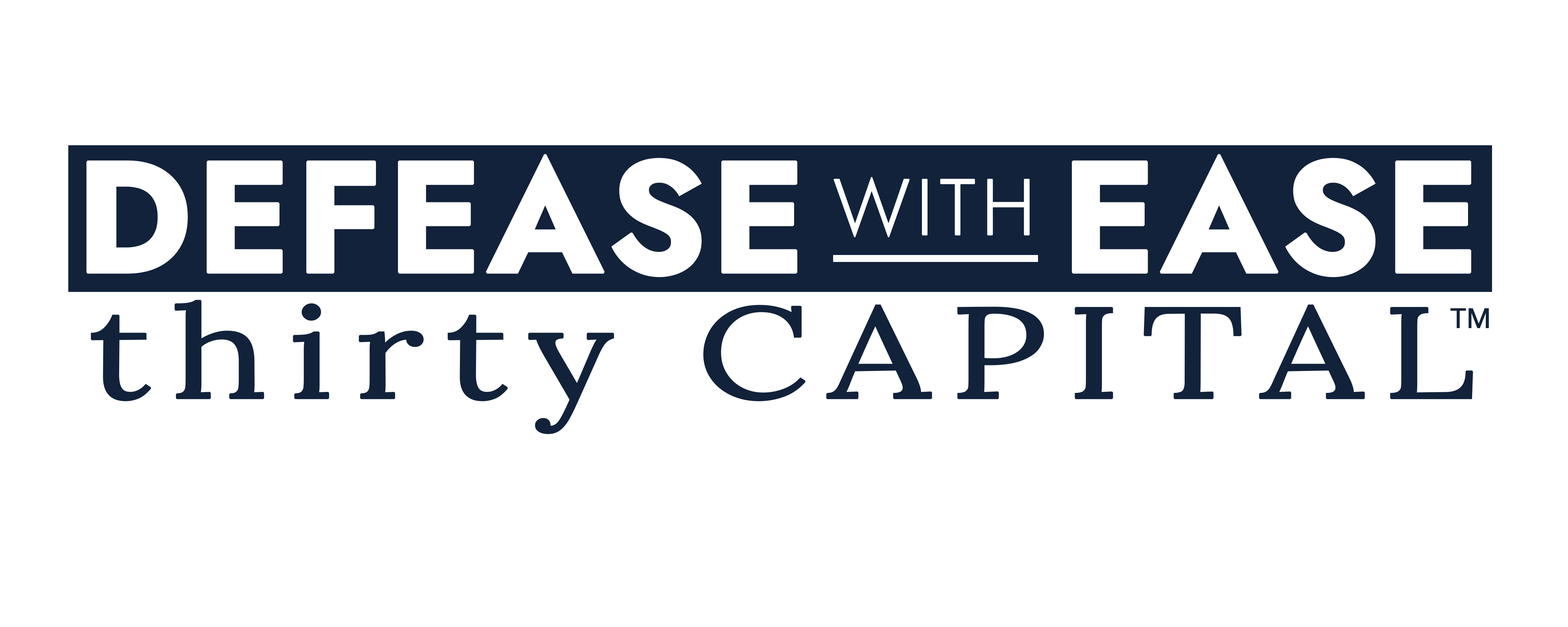
Part One will focus on the most popular areas where data management can effectively influence NOI, while Part Two will tactically detail steps to affect these factors.
The concept of NOI is nearly as old as the commercial real estate industry itself. Afterall, in its simplest form net operating income is the money that’s leftover when property expenses have been deducted from revenue. This number ultimately, when increased by a multiplier, represents the market value of the property – one of, if not the single most important measurements for ownership. However, increasing NOI has long thought to be restricted to changes in two simple factors: decreasing expenses and increasing rent. But what if beneath the surface leveraging disparate data sources could affect NOI in seldom recognized ways even within these buckets? Stepping beyond a crash course level understanding of this value-based metric can be the difference between sink or swim in a changing, data-driven market dynamic.
With all the buzz surrounding technology’s impact on commercial real estate and the endless gadgets and startups filling the headlines, it may be hard for the average property or portfolio owner to identify where data plays a practical role in their pursuit of NOI. To understand the value of data management, it’s important to breakdown each of the aforementioned factors influencing it. We’ll begin with decreasing operating expenses.
Finding operational efficiencies through data-driven insights
Simply reducing expenses across the board or relying upon gut feeling to “judiciously” target reduction areas is counterintuitive to finding operational efficiencies. Yet, many property teams and owners have historically subscribed to this method primarily due to a lack of insight and access to information.
Most importantly, this reduces time to insight, in other words the information needed to make important decisions is readily available at your fingertips with limited risk of mistakes.
How then can property owners transition to a more forward looking process of decision making? Looking for a solution that adds the benefits of real-time dashboarding of data, offers seamless integration and access to information, and replaces typically error-filled, manual activities with automated workflows is a good place to start. Most importantly, this reduces time to insight, in other words the information needed to make important decisions is readily available at your fingertips with limited risk of mistakes. Cost and time savings from technology integration and limited manual processes is the first operation gain generally realized from implementing a data management solution.
 The catch-22 here is as the industry begins to adopt more digital forms of technology and data governance solutions, another problem arises in how well properties truly understand how their data is being captured and integrated into usable formats of information. For many, this new direction lacks an understanding of what best-in-class data structure and management looks like.
The catch-22 here is as the industry begins to adopt more digital forms of technology and data governance solutions, another problem arises in how well properties truly understand how their data is being captured and integrated into usable formats of information. For many, this new direction lacks an understanding of what best-in-class data structure and management looks like.
How many property owners and management teams, for example, can answer the following questions: what type of operational or financial impact will collecting incorrect data have on our organization? Do we have an idea of what data quality looks like within our organization and how to cleanse existing poor data? Are there internal warning signs that may suggest a data issue before it rears its head? But the biggest question is how properties can integrate their disparate and siloed data sources into an aggregated format to provide operational insights.
Repurposing assets with tenant behavioral information
Much like how fintech concepts reshaped how the financial services industry conducted business, commercial real estate is facing an avalanche of consumer-driven principles. Just as many of the world’s most successful companies like Amazon and Apple have used customer data, i.e. customer journeys, purchase information, and a host of behavioral idiosyncrasies, to drive product development and pricing strategies, property owners can harness the power of tenant behavioral data to make capital investment decisions at the property level. Research tells us that organizations that leverage customer behavioral insights outperform peers by 85 percent in sales growth and more than 25 percent in gross margin (Gallup).
This type of information can influence the services properties offer as well as repurposing the physical space to adapt to the needs of a changing or aspirational tenant mix that generates higher lease rates.
 Here’s a simple fact: commercial real estate tends to lag most other industries in its maturity and competency in utilizing data solutions and digital technologies. But regardless of how far along a CRE portfolio is in its quest for data proficiency, every property has valuable tenant data that could be put to better use. This type of information can influence the services properties offer as well as repurposing the physical space to adapt to the needs of a changing or aspirational tenant mix that generates higher lease rates.
Here’s a simple fact: commercial real estate tends to lag most other industries in its maturity and competency in utilizing data solutions and digital technologies. But regardless of how far along a CRE portfolio is in its quest for data proficiency, every property has valuable tenant data that could be put to better use. This type of information can influence the services properties offer as well as repurposing the physical space to adapt to the needs of a changing or aspirational tenant mix that generates higher lease rates.
Property owners in search of this type of information should consider a few questions. Most importantly, what tenant data can we turn into unique service offerings at the property level? Where is this information coming from, and if it’s from an external source how can we integrate it to supplement our own data?
To optimize operations and maximize the value data and real-time information can offer property teams, commercial real estate owners need to move from a place of backwards-looking measurement to one of decision-focused management. Keep in mind reporting for reporting’s sake is less important than the decisions those reports enable to improve profits.



